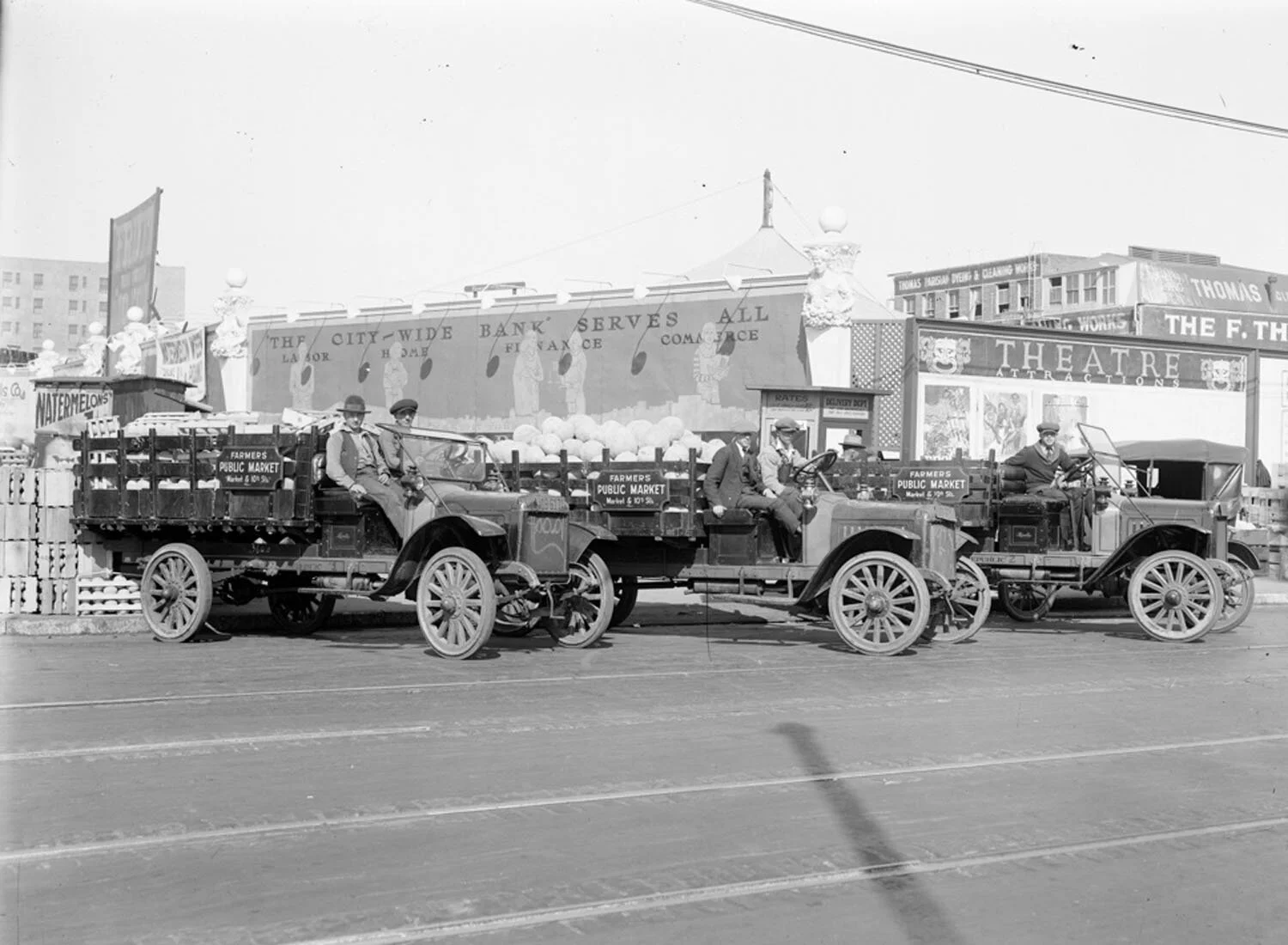This week the second graders explored what challenges farmworkers have faced in the past. Only a few years after the United Farm Workers Organizing Committee signed contracts with several Delano growers, the Salad Bowl strike over territorial rights between the UFW and the International Brotherhood of Teamsters led to the first labor law statute establishing the right of farmworkers in California to collective bargaining.
In class, we assembled a salad of California-grown produce, featuring baby head lettuces, watermelon radish, carrot, edible flowers, Pixie tangerine, raisins, and our housemade TBP dressing. Students watched a short film called The Hands That Feed Us, narrated and photographed by documentary photographer Matt Black. We discussed the poor living conditions revealed in the photos, lack of access to running water, fear of deportation, the presence of children working in the fields, and how all the human rights issues of our time (immigration, a living wage, education, the environment, health and safety, housing) are present in the plight of farmworkers today. Students remarked that the photos looked like they were from a long time ago and were surprised to learn the images depicted present-day farmworkers’ lives.
The story of farmworkers’ challenges is also the story of organization, resilience, and strength. We ended class by raising our voices together in song, singing the unofficial anthem of the United Farm Workers, the Spanish-language folk song “De Colores.” Students and some of their adults played the shakers, piano, guitar, ukulele, the wooden spoons, and even a vegetable box grater as we celebrated the beauty of the natural world and how we are more powerful when we work together.













































































































































